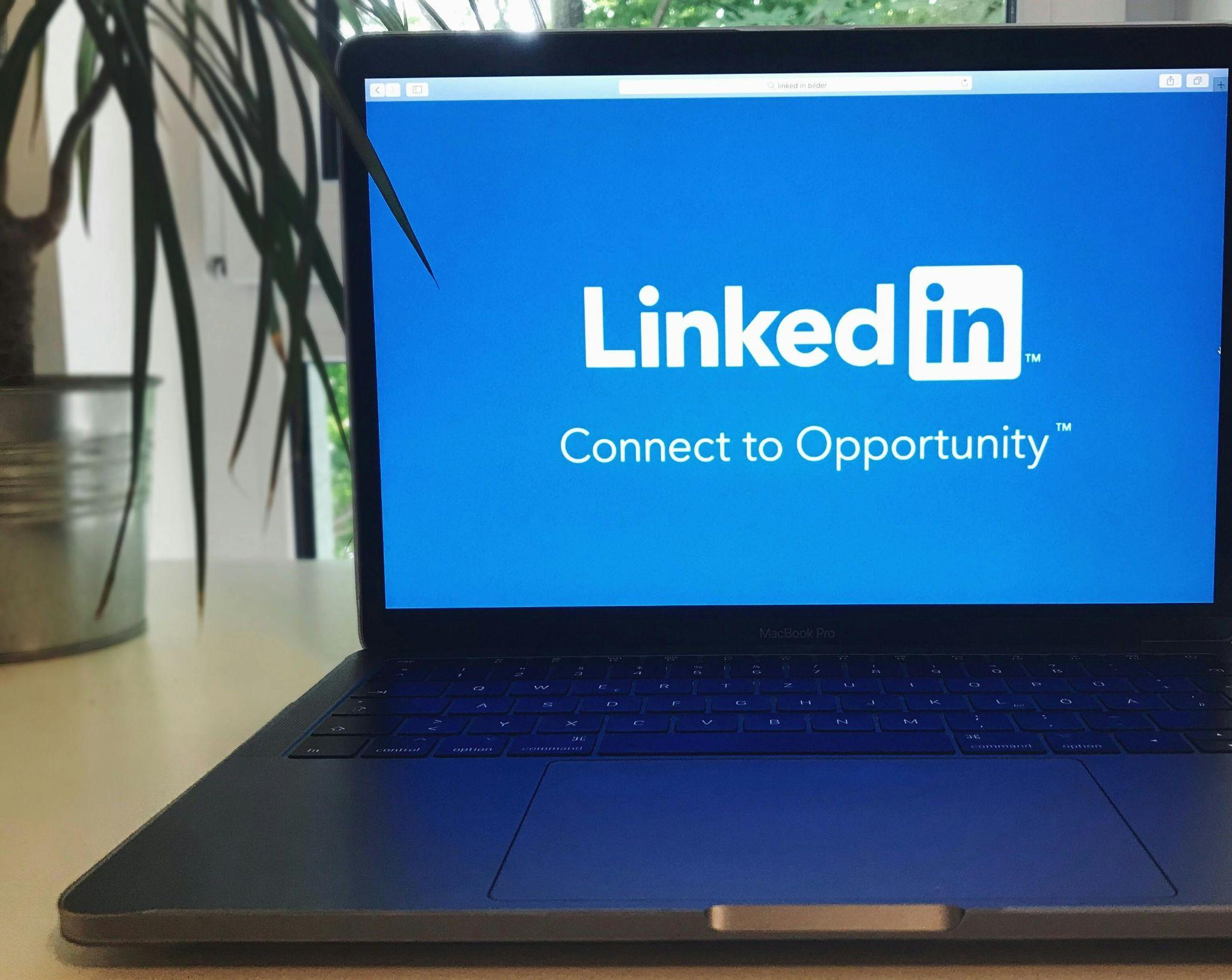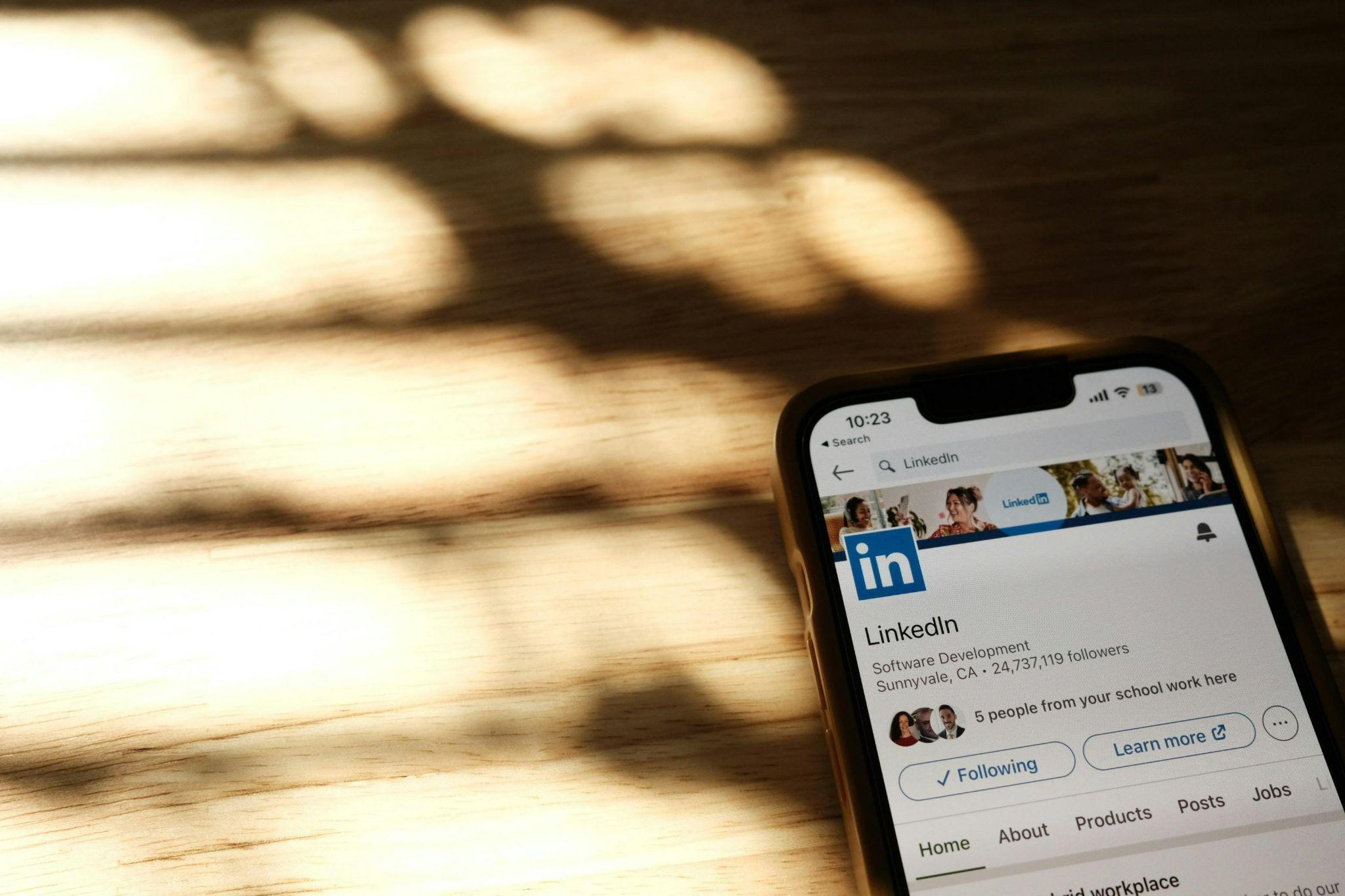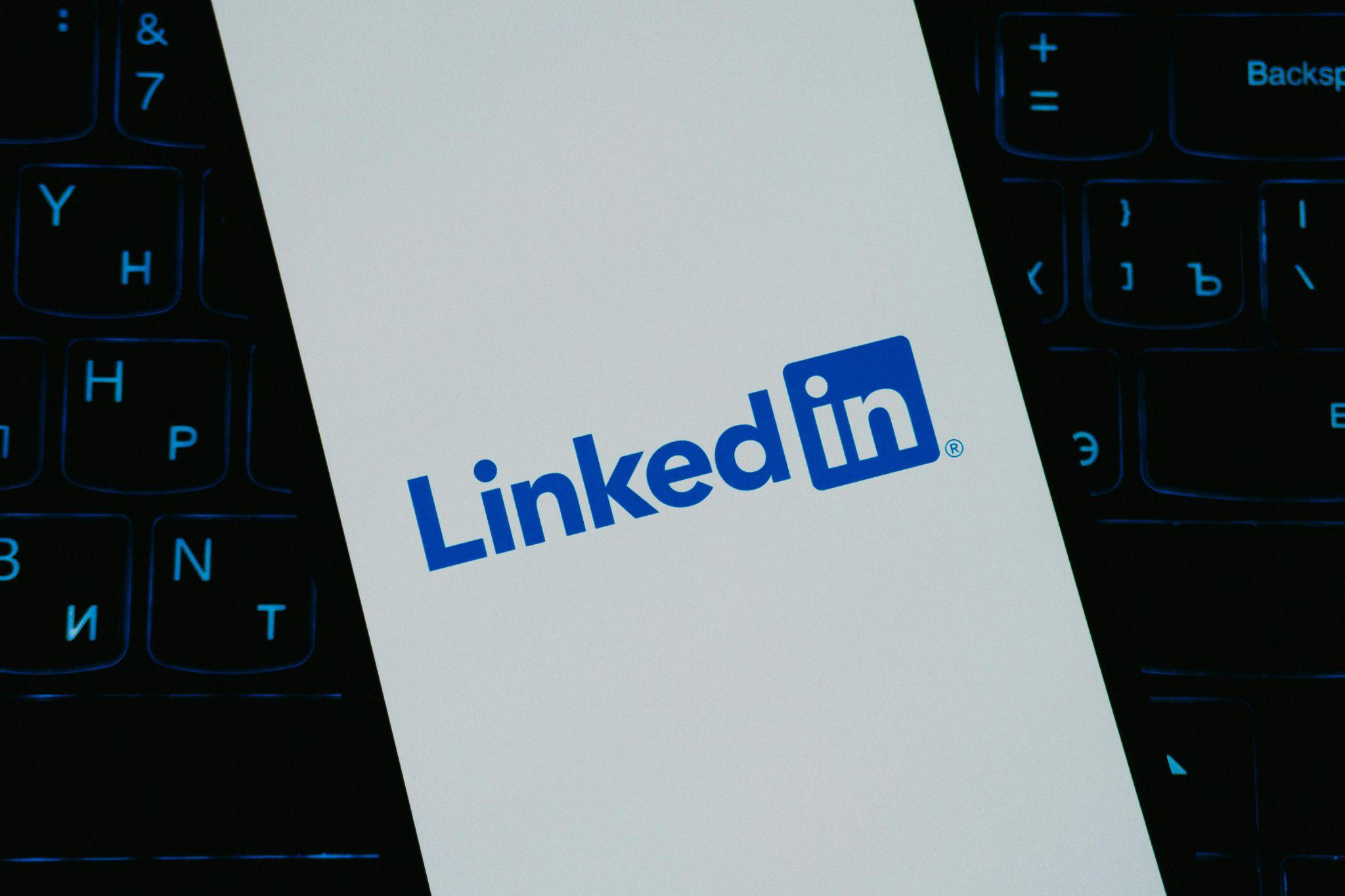
Protecting your personal data on LinkedIn: privacy settings and networking safely has become a critical skill for professionals navigating today’s digital landscape. As LinkedIn continues to evolve into the world’s largest professional networking platform with over 900 million users, the importance of managing your privacy while maintaining meaningful professional connections cannot be overstated. The platform’s dual nature—serving as both a career advancement tool and a potential vulnerability—requires strategic privacy management to protect your personal information while maximizing networking opportunities.
Modern professionals must understand that LinkedIn operates as both a public showcase and a data collection platform. Every interaction, connection, and piece of shared information contributes to your digital footprint, making privacy management essential for career protection and personal security. According to LinkedIn’s own transparency reports, the platform processes billions of data points daily, emphasizing the need for users to take control of their privacy settings proactively.
Why LinkedIn Privacy Matters for Professionals
LinkedIn privacy protection directly impacts your professional reputation, career opportunities, and personal security. The platform’s open nature, designed to facilitate networking, can inadvertently expose sensitive information to malicious actors, competitors, or unwanted contacts. Data breaches, identity theft, and professional espionage represent real threats that can derail careers and compromise personal safety.
Risks of Oversharing and Data Exposure
LinkedIn users face multiple privacy vulnerabilities that can lead to serious consequences. Identity theft remains a primary concern, as cybercriminals often target professional platforms to gather comprehensive personal information for fraudulent activities. Third-party data scraping presents another significant threat, with companies and individuals harvesting publicly available LinkedIn data for commercial purposes without user consent.
Common threats include:
- Email address visibility leading to spam and phishing attempts
- Publicly searchable profiles exposing personal details to strangers
- Data harvesting for AI training and commercial databases
- Location tracking through check-ins and activity updates
- Employment history misuse by competitors or malicious actors
- Contact information exploitation for unsolicited marketing
- Professional relationship mapping for corporate espionage
The platform’s integration with AI systems has introduced additional concerns, as user data may be utilized to train machine learning models without explicit consent. This algorithmic data usage can perpetuate biases and create unexpected privacy implications for users who haven’t adjusted their settings accordingly.
Visibility Versus Privacy: The Balancing Act
Professional networking requires strategic visibility management—too much exposure creates security risks, while excessive privacy limits career opportunities. Recruiters and hiring managers rely on LinkedIn visibility to identify potential candidates, but this same openness can attract unwanted attention from competitors seeking to poach talent or gather competitive intelligence.
| Public Visibility | Restricted Visibility |
|---|---|
| Pros: Higher recruiter discovery, broader networking reach, increased thought leadership opportunities | Pros: Enhanced privacy protection, reduced spam, controlled access to personal information |
| Cons: Data vulnerability, spam exposure, potential competitive intelligence gathering | Cons: Limited discoverability, reduced networking opportunities, missed career prospects |
The key lies in selective visibility—being discoverable to the right people while maintaining privacy from potential threats. This balance requires regular adjustment of privacy settings based on career goals, industry requirements, and personal comfort levels.
Essential Privacy Settings You Must Review

LinkedIn’s privacy controls offer comprehensive protection when properly configured, but the platform’s default settings often prioritize visibility over privacy. Understanding and adjusting these settings forms the foundation of effective LinkedIn privacy management, requiring regular review as the platform updates its features and policies.
Control Who Sees Your Contact Details
Your contact information represents one of LinkedIn’s most valuable data points, requiring careful management to prevent misuse. Email privacy settings should be your first priority, as exposed email addresses become targets for spam, phishing, and identity theft attempts.
Essential contact privacy adjustments include:
- Navigate to Settings & Privacy → Visibility → Contact Info to restrict email visibility
- Remove or limit phone number access through Profile Settings → Contact Information
- Adjust public profile settings to exclude sensitive contact details
- Configure connection request filters to prevent unwanted outreach
- Enable contact import restrictions to prevent data harvesting
- Set messaging preferences to control who can contact you directly
Phone number protection deserves special attention, as exposed mobile numbers can lead to harassment, spam calls, and potential security breaches. Consider removing your phone number entirely or restricting access to first-degree connections only.
Profile Viewing and Activity Notifications
LinkedIn’s profile viewing features can compromise your privacy during sensitive activities like job searching or competitive research. Professional networking experts recommend configuring these settings to maintain discretion while preserving networking effectiveness.
Configure private browsing through these steps:
- Access Settings & Privacy → Visibility → Profile viewing options
- Select “Private profile characteristics” to browse anonymously
- Disable “Profile viewing options” to hide your viewing activity
- Turn off “Profile edit notifications” to prevent broadcasting updates
- Adjust “Activity notifications” to limit visibility of your platform engagement
- Configure “Active status” settings to control online presence visibility
Anonymous browsing provides significant advantages during confidential job searches or competitive research, allowing you to gather information without alerting viewed profiles of your interest.
Manage Third-Party Access and Data Download Permissions
LinkedIn’s data sharing partnerships and AI training programs require explicit management to prevent unwanted use of your personal information. The platform’s default settings often grant broad permissions for data usage, making manual adjustment essential for privacy protection.
Critical third-party management actions:
- Revoke unnecessary app permissions through Settings & Privacy → Account → Partners & Services
- Disable “Data for Generative AI Improvement” to opt out of AI training
- Review and remove authorized applications regularly
- Adjust advertising preferences to limit targeted marketing
- Configure data portability settings to control information sharing
- Monitor connected services and remove unused integrations
AI opt-out procedures have become increasingly important as LinkedIn expands its artificial intelligence capabilities, potentially using member data to train systems without explicit consent.
Safe Networking Practices Without Sacrificing Connection Value
Effective LinkedIn networking requires balancing openness with security, maintaining professional relationships while protecting against potential threats. Strategic networking involves evaluating connections carefully, sharing content thoughtfully, and managing group participation to maximize benefits while minimizing risks.
Be Selective with Connection Requests
Connection quality matters more than quantity when building a professional network that provides value without compromising security. Accepting connections indiscriminately exposes your network to potential threats and reduces the overall value of your professional relationships.
Effective connection evaluation includes:
- Verify profile completeness and professional credibility before accepting
- Check mutual connections to validate legitimacy
- Review recent activity and content quality
- Assess geographic and industry relevance to your goals
- Examine profile photos for authenticity and professionalism
- Research company affiliations and employment history
- Consider the strategic value of the potential connection
Profile verification techniques help identify fake accounts, spam profiles, and potentially malicious connections that could compromise your network’s integrity and your personal data security.
Adjust Content Sharing and Group Settings
Content visibility management allows you to share valuable insights while controlling audience access and maintaining appropriate professional boundaries. LinkedIn’s posting options provide granular control over who sees your content, enabling strategic sharing that supports career goals without oversharing personal information.
| Content Visibility Level | Reach Potential | Privacy Protection |
|---|---|---|
| Public Posts | Maximum exposure to all LinkedIn users | Minimal privacy protection |
| Connections-Only | Limited to your direct network | Moderate privacy with trusted contacts |
| Private Groups | Restricted to group members only | High privacy within curated communities |
Group participation requires careful evaluation of community standards, member quality, and content sharing policies. Private groups often provide valuable networking opportunities with enhanced privacy protection, while public groups offer broader exposure at the cost of reduced privacy control.
Use Discretion During Confidential Job Searches
Discreet job hunting on LinkedIn requires strategic privacy management to avoid alerting current employers while remaining visible to potential opportunities. The platform’s “Open to Work” features can be powerful when properly configured but dangerous when mismanaged.
Confidential job search strategies:
- Disable activity broadcast notifications before updating your profile
- Set “Open to Work” visibility to recruiters only, not all LinkedIn members
- Make gradual profile updates rather than comprehensive overhauls
- Use private messaging for sensitive career discussions
- Schedule posting activity to avoid suspicious patterns
- Limit public endorsements and recommendations during active searches
- Configure connection request messages to avoid revealing job search intentions
Recruiter targeting through LinkedIn’s paid features allows you to maintain visibility with hiring professionals while keeping your job search confidential from colleagues and current employers.
Regular Maintenance: Audits and Security Practices

LinkedIn privacy maintenance requires ongoing attention as the platform continuously updates features, policies, and data usage practices. Regular audits ensure your privacy settings remain aligned with your professional goals and security requirements, adapting to new threats and platform changes.
Perform Quarterly Privacy Audits
Systematic privacy reviews help identify setting drift, new vulnerabilities, and opportunities for improved protection. LinkedIn’s frequent updates can reset preferences or introduce new data sharing options that require manual adjustment.
| Audit Component | Frequency | Action Required |
|---|---|---|
| Privacy Settings Review | Quarterly | Check all visibility and sharing preferences |
| Third-Party App Access | Monthly | Remove unused applications and services |
| Contact Information Updates | Bi-annually | Verify and restrict contact detail visibility |
| AI Data Preferences | Quarterly | Confirm opt-out status for data training |
| Connection List Cleanup | Annually | Remove inactive or suspicious connections |
Setting verification should include documenting your preferred configurations to quickly identify unauthorized changes or platform updates that affect your privacy preferences.
Reinforce Account Security
LinkedIn security extends beyond privacy settings to encompass comprehensive account protection against unauthorized access and data breaches. Multi-factor authentication and regular security reviews create multiple layers of protection for your professional data.
Essential security measures include:
- Enable two-step verification through Settings & Privacy → Account → Login and security
- Review active sessions regularly to identify unauthorized access
- Update passwords quarterly using unique, complex combinations
- Monitor login alerts for suspicious activity
- Configure trusted device settings for enhanced security
- Set up account recovery options before needed
- Regular security notification review
Account monitoring helps detect early signs of compromise, allowing rapid response to potential security threats before significant damage occurs.
Clean Up Digital Footprint and Old Posts
Digital footprint management involves regularly reviewing and removing outdated information that no longer serves your professional goals or may create privacy vulnerabilities. Old posts, outdated contact information, and irrelevant personal details can accumulate over time, creating unnecessary exposure.
Profile cleanup process:
- Review posts from the past two years for relevance and appropriateness
- Remove or update outdated employment information and contact details
- Delete uploaded documents containing sensitive information
- Update privacy settings after major life or career changes
- Remove tagged photos and mentions that no longer align with professional image
- Archive or delete old recommendations that may reveal confidential information
- Update “About” section to remove potentially sensitive personal details
Content curation ensures your LinkedIn presence accurately reflects your current professional status while minimizing exposure of personal information that could be misused by malicious actors.
Conclusion
Effective LinkedIn privacy management requires balancing professional visibility with personal security through strategic privacy settings, selective networking practices, and regular security maintenance. The platform’s powerful networking capabilities can safely support career advancement when users actively manage their digital presence and data sharing preferences.
Successful LinkedIn privacy protection involves three core strategies: configuring privacy settings to match your comfort level and professional goals, networking selectively with verified professionals who add genuine value to your career, and maintaining regular security audits to adapt to platform changes and emerging threats. Privacy and networking success are not mutually exclusive—thoughtful management allows professionals to leverage LinkedIn’s full potential while protecting their personal information from misuse.
Remember that LinkedIn privacy is an ongoing responsibility, not a one-time setup. As your career evolves and the platform introduces new features, your privacy needs will change accordingly. Regular review and adjustment of your privacy preferences, combined with security-conscious networking practices, ensure that LinkedIn remains a valuable professional tool without compromising your personal data security or professional reputation.
